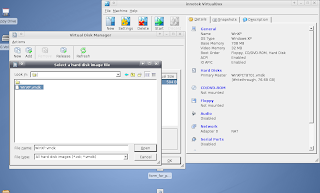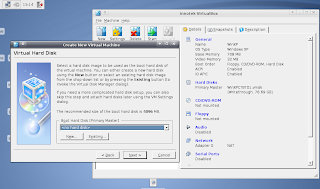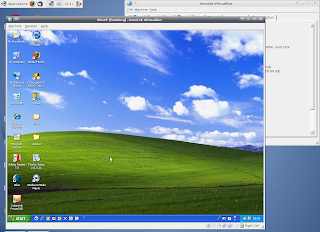I recently added in my blog a little map (see on the right side) provided by ClustrMaps Ltd which shows the location of the poeple reading or ending-up on your website.
This is very nice and it is done by geo-locating the IP address of the reader.
I have a non frequented blog but I believe that this map kind of perfectly shows the poeple from the countries who have embraced Internet.
They are the guys using Internet daily at work.
The analysis is interesting as you are kind of being hit in the face by the reality.
Indeed you can see that the dominant areas are again the rich countries: The US, then Europe and the rest of the anglo-saxons countries such as South-Africa, Australia, New Zealand, etc. Then you see few spots in India, China, Russia, ... These are mostly the emerging countries that have not completely filled the technological gap with the western countries.
For Japan, it might be different as the problem is probably the English and the fact that they kind of have built there parallel internet and mobile network in japanese.
Anyway, Internet is probably the definite victory of English over the other language's contenders (apart Chinese maybe) and to follow the Internet trends, you've got to speak english.
At the end, this map is very sad because Africa is totally absent of the map and not represented at all.
Another point is that Internet seems to only be present in cities and not in rural areas.
Or is it that poeple leaving near the wild mother nature still have better things to do than read dummy articles on technicalities :-)
Let me know what are your thoughts on that ?
This is very nice and it is done by geo-locating the IP address of the reader.
I have a non frequented blog but I believe that this map kind of perfectly shows the poeple from the countries who have embraced Internet.
They are the guys using Internet daily at work.
The analysis is interesting as you are kind of being hit in the face by the reality.
Indeed you can see that the dominant areas are again the rich countries: The US, then Europe and the rest of the anglo-saxons countries such as South-Africa, Australia, New Zealand, etc. Then you see few spots in India, China, Russia, ... These are mostly the emerging countries that have not completely filled the technological gap with the western countries.
For Japan, it might be different as the problem is probably the English and the fact that they kind of have built there parallel internet and mobile network in japanese.
Anyway, Internet is probably the definite victory of English over the other language's contenders (apart Chinese maybe) and to follow the Internet trends, you've got to speak english.
At the end, this map is very sad because Africa is totally absent of the map and not represented at all.
Another point is that Internet seems to only be present in cities and not in rural areas.
Or is it that poeple leaving near the wild mother nature still have better things to do than read dummy articles on technicalities :-)
Let me know what are your thoughts on that ?



